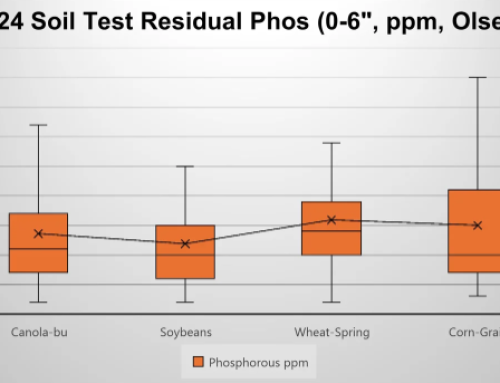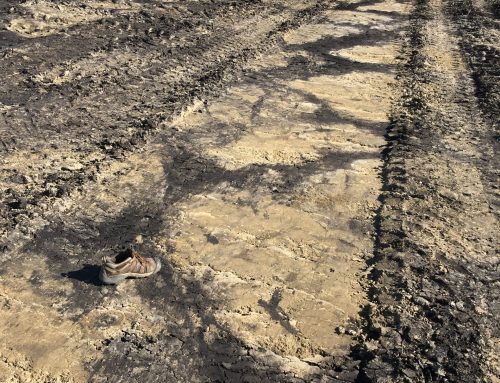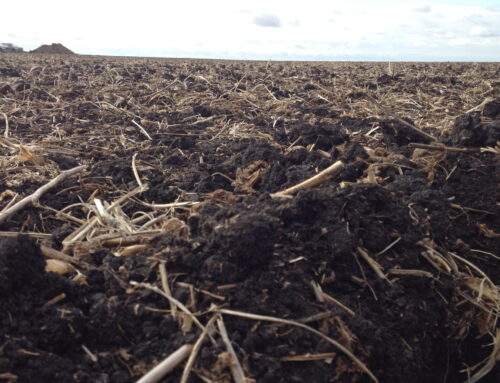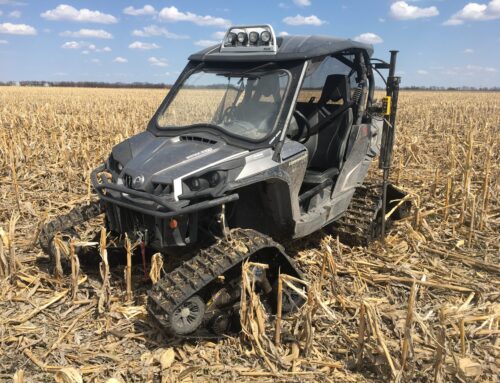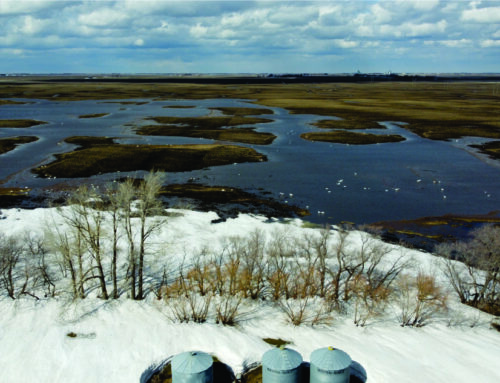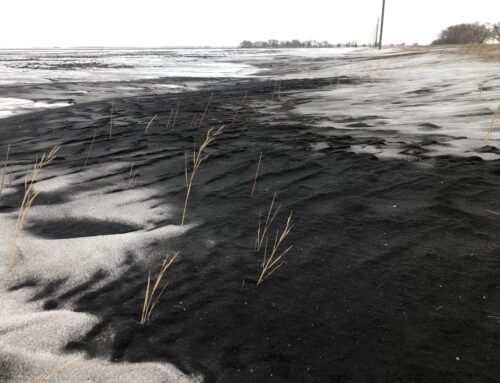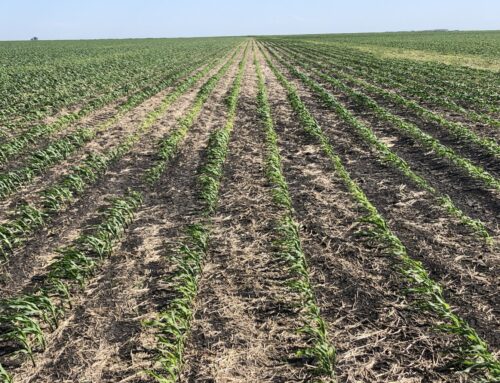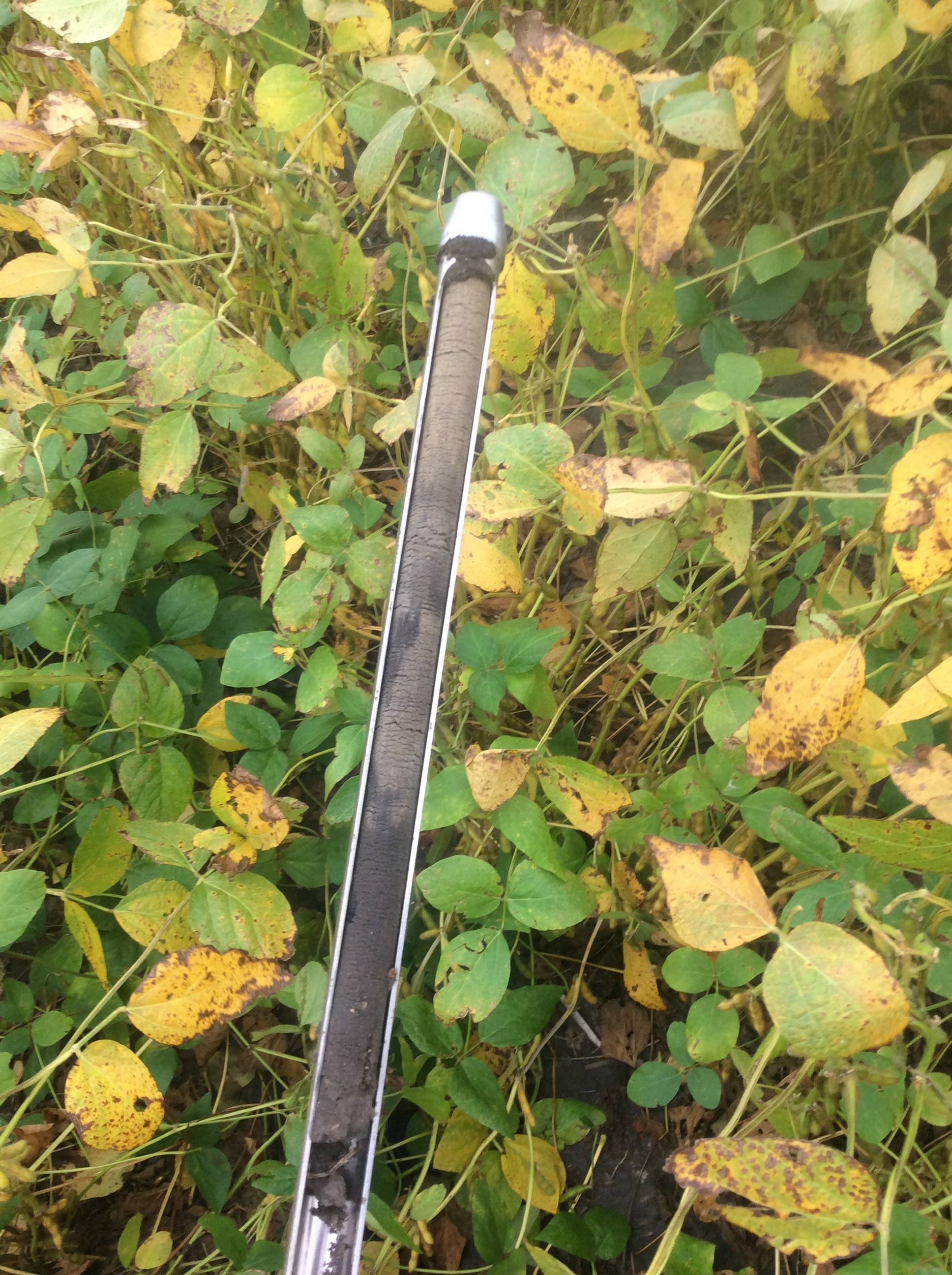 Ask a group of producers these days about the value of soil testing and you will get a lot of different opinions. Some will say there is no value because the fields are too variable. Others will say grid or zone sampling are the only way to go and that composite sampling has little value. Some producers sample every field every year, while others only do a percentage. There is no “one size fits all” solution when it comes to soil sampling.
Ask a group of producers these days about the value of soil testing and you will get a lot of different opinions. Some will say there is no value because the fields are too variable. Others will say grid or zone sampling are the only way to go and that composite sampling has little value. Some producers sample every field every year, while others only do a percentage. There is no “one size fits all” solution when it comes to soil sampling.
Traditional composite tests were often completed by taking X number of random cores spread out across a field. The operator would zig-zag across the field, generally trying to stay away from headlands, corners and ditches. There was no real way of recording where the cores were taken (or if they were even in the right field sometimes) and sample points were easily doubled up in close proximity to each other.
When it comes to accuracy and consistency in soil sampling, a big factor is having the proper depths (especially 0-6″), which can change with soil texture, moisture and operator. Make sure whoever is sampling for you is properly trained and doing a good job. For more information on the benefits of sampling behind the combine, follow this link: Soil sampling behind the combine
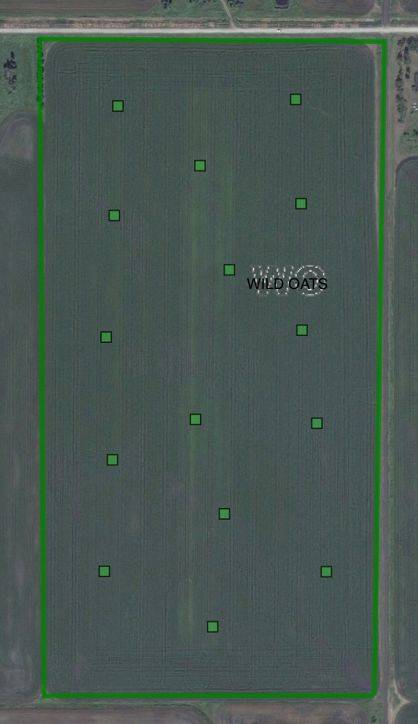
Geo-referenced Soil Test Points
Using GPS technology, we can now see where we are on a map in real time to properly space out sampling points and ensure uniform representation across a field. The same technology allows us to sample specific zones within the field to increase the accuracy and measure variability. These zones and corresponding results can then be used to evaluate the potential for variable rate applications. We will dive into zone sampling and VR in a future blog post.
There are other benefits to logging sampling points with a GPS. If there are questions about the soil tests results, we can go back to the map and look at where the points were taken. One core taken at the wrong place like an old yard site, fence line or manure pile, can skew sample results. Maps can help jog a producers memory with regards to these potential problem areas.
With GPS, we can also return to the same sample points year after year to monitor soil test levels as they change over time. It is important that you pick the right representative points the first year if this is your goal.
This goes hand in hand with yearly sampling to establish trend lines. Results can vary year to year depending on crops grown and soil moisture levels. Yearly testing will help you recognize these one off anomalies. If you only sample a field every 3-4 years, it is harder to recognize abnormal results.
What is your soil testing strategy for this upcoming year? What value do you place on soil testing? Make sure to leave a comment below.
Antara is currently booking orders for the upcoming season. If you are in the south eastern region of Manitoba and would like to discuss soil sampling, give us a call.
Brunel

